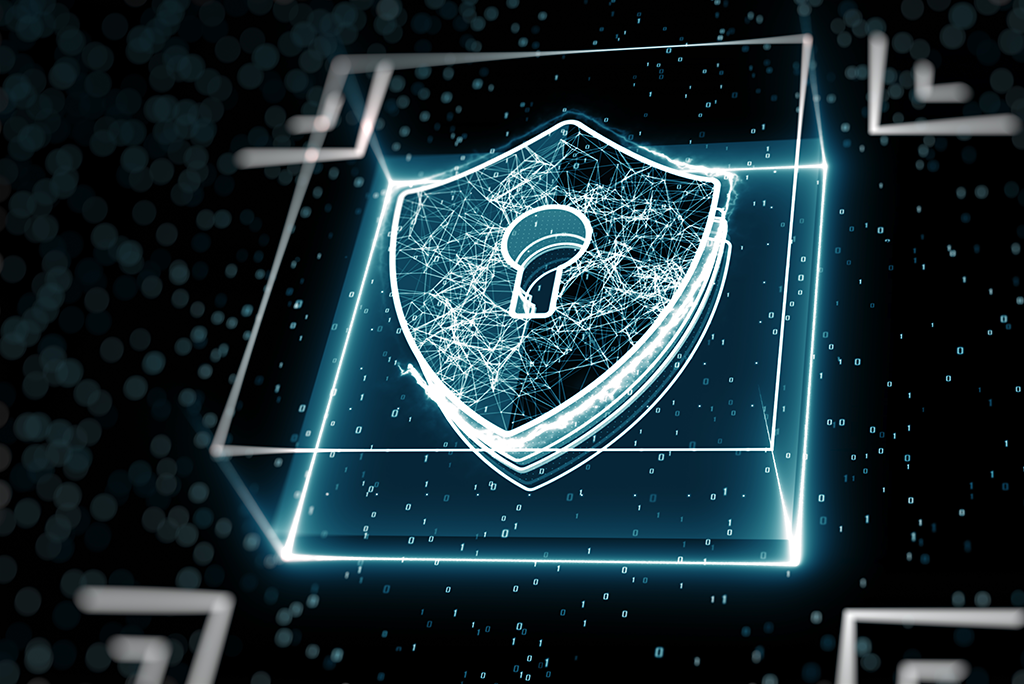
Despite roadblocks created by the COVID-19 pandemic, edge computing is expected to undergo explosive growth over the next decade, bolstered by developments in 5G and Internet of Things (IoT) technology. According to Grand View Research, the technology’s global market value in 2019 was $2.5 billion USD. By 2027, that value is expected to increase to $43.4 billion USD—a 37.4% increase.
However, the security issues surrounding edge computing are numerous and complex, meaning they pose roadblocks of their own. A recent report from InfoQ found that edge computing faces five essential security concerns that will need to be resolved if edge computing is to be seen as a safe alternative to the cloud. These include:
1) Architecture: While it will be relatively easy for devices on the edge to send data securely to the cloud, it will be much more difficult for the cloud to send data securely back to the devices.
2) Fragmentation: All IoT devices will need to be authenticated and adhere to privacy policies that give network administrators oversight over their data. However, it would be an enormous challenge to impose universal privacy policies on the endless number of IoT devices across the cloud’s edge.
3) Physical security: The innumerable mobile devices within the edge will be vulnerable to theft and infiltration.
4) Sprawl: Over time, devices will eventually outgrow the boundaries of the edge,which will pose a challenge for administrators to understand its constraints and to avoid overcrowding.
4) User Error: Given the endless array of devices within the edge (connected both together and within networks), IT experts will have a hard time foreseeing complex security risks.
On the other hand, there are some security benefits to adopting edge computing. Because hackers would need to infiltrate decentralized storage systems to access sensitive information within the edge, their jobs become inherently more difficult.
Securing the edge will ultimately be a complicated process that will require network engineers to apply traditional security principals to systems outside their networks—from perimeter scanning to securing edge applications, and enhancing threat detection for the edge to automated patching for software and firmware.
Edge Computing Trends to Watch
As edge computing technology grows more sophisticated and becomes an increasingly appealing option for businesses, experts recommend looking out for the following trends in the coming years:
1) Before moving entirely to edge computing, cloud providers will begin the transition by implementing hybrid cloud/edge infrastructures, according to Dave McCarthy, a research director for IDC.
2) Due to the COVID-19 pandemic, edge computing growth will be delayed due to interruptions in deploying 5G networks, according to Seth Robinson, senior director of technology analysis at CompTIA.
3) While 5G will bolster edge computing, it may not turn out to be the driving force many have expected it to be. “5G extends the platform that applications are built on. In some cases, this will allow creation of new applications, but in many cases, it will simply allow existing applications to work better,” Robinson told Enterprise Project.
4) Many businesses that invested in IoT are currently dealing with an overabundance of data they did not anticipate, according McCarthy. Not only will edge computing give them a place to store that data, it will also lower the cost of storage while cutting back on the need for communication. With help from artificial intelligence and machine learning, it will also give these businesses insight into how data trends affect their operations.
5) When it comes to implementing emerging technologies, the traditional ethos is to start small, but that’s unlikely to apply to edge computing. According to Jason Mann, Vice President of IoT at SAS, “edge computing plans and architectures must be developed with operationalizing the entire enterprise in mind. Proof of concept models rarely work.”
6) As the COVID-19 pandemic ramps up the need for companies to invest in new technologies in order to stay competitive, they are likely to see edge computing as a viable solution. “As companies further digitize their operations and explore new data streams that help inform business decisions, they will be more interested in edge computing as an extension of their cloud model,” says Robinson.
Learn about the Edge
Many organizations don’t fully know what impact edge computing can have on their business. One key benefit to edge computing is that it can be customized to meet an organization’s specific needs. Prepare your organization for edge computing integration. Designed to train your entire team to support edge computing, IEEE Introduction to Edge Computing is an online five-course program.
To learn more about getting access to these courses for your organization, connect with an IEEE Content Specialist today.
Interested in the course for yourself? Visit the IEEE Learning Network (ILN) to learn more.
Resources
Overby, Stephanie. (28 April 2020). 7 edge computing trends to watch in 2020. Enterprise Project.
Overby, Stephanie. (23 April 2020). Edge computing by the numbers: 9 compelling stats. Enterprise Project.
Bocetta, Sam. (21 April 2020). Deploying Edge Cloud Solutions without Sacrificing Security. InfoQ.


[…] a wider array of operations, it gets harder to track and monitor. Over time, devices may even outgrow boundaries of the edge, creating bandwidth overcrowding and endangering the security of multiple devices. As it grows, IoT […]
[…] a wider array of operations, it gets harder to track and monitor. Over time, devices may even outgrow boundaries of the edge, creating bandwidth overcrowding and endangering the security of multiple devices. As it grows, IoT […]